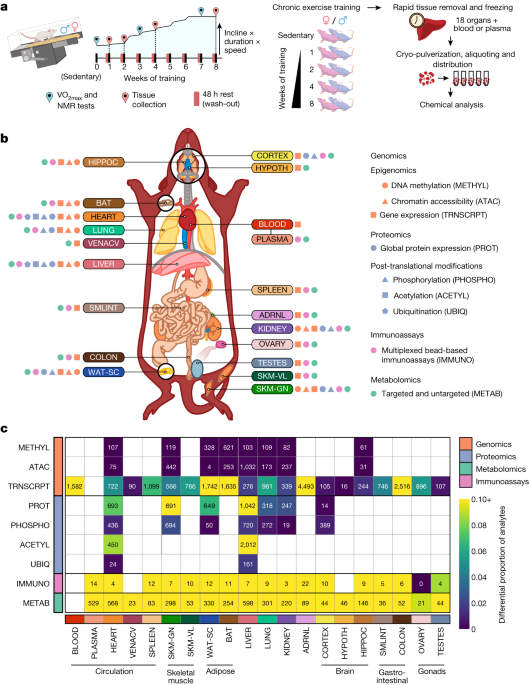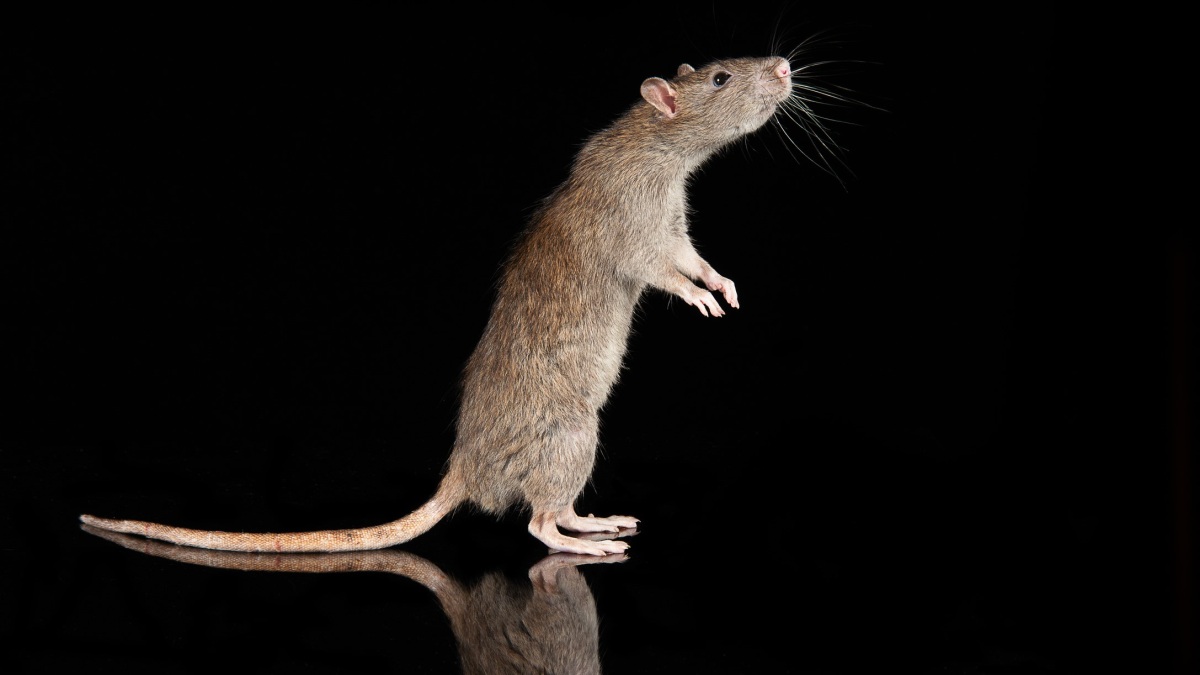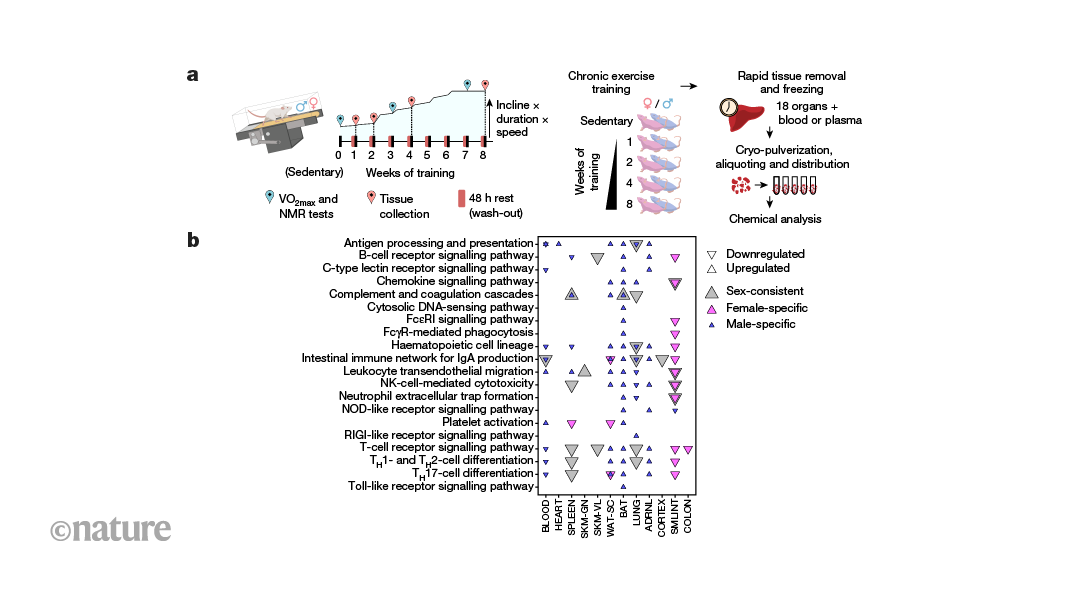
Title: Study Reveals Exercise Changes Body at Molecular Level in Rats
Exercise is known to have numerous health benefits, but the underlying molecular mechanisms are not fully understood. To shed light on this, a team of researchers from the Broad Institute of MIT and Harvard, Stanford University, and other institutions conducted a study on rats to investigate how exercise affects various organs at the molecular level.
The researchers collected samples from male and female rats during eight weeks of endurance treadmill training. They performed nearly 10,000 assays to make about 15 million measurements from blood and 18 solid tissues. The most extreme changes occurred in the adrenal gland, which produces hormones to regulate important processes such as immunity, metabolism, and blood pressure.
The study also revealed that some responses were consistent across sexes and organs while others were tissue-specific. For example, most pro-inflammatory cytokines (immune-signalling molecules) unique to female rats showed changes in levels between 1-2 weeks of training, whereas those in males showed differences between 4-8 weeks.
Additionally, the team found changes in the proteins in the liver. Although it is not directly involved in exercise, these changes could improve health. Ongoing studies are investigating the effects of exercise on young adult and older rats as well as short-term effects of 30-minute bouts of physical activity.
The next MoTrPAC paper will look at human responses to both endurance and resistance training, analyzing blood, muscle, and adipose tissues. This research could provide valuable insights into the molecular mechanisms behind the health benefits of exercise for humans.
Previous studies by Fiuza-Luces et al. (2013), Neufer et al. (2015), Sanford et al. (2020), and Amar et al. (preprint 2023) provided background information on the subject.
References: Fiuza-Luces, C., Garatachea, N., Berger, N. A., & Lucia, A. (2013). Physiology 28, 330–358. Neufer, P. D., et al. Cell Metab. 22(4), 4–11 (2015). Sanford, J. A., et al. Cell 181(6), 1464–1474 (2020). Amar, D., et al. Preprint at bioRxiv https://doi.org/10.1101/2023.01.13.523698 (2023). Many, G. M., Preprint at bioRxiv https://doi.org/10.1101/2023.02.03.527012 (2023).



